
This 4th edition published in 2009 by:
Marshall Cavendish Corporation
99 White Plains Road
Tarrytown NY 10591-9001
www.marshallcavendish.us
First published in 1996 by Times Editions Pte Ltd, reprinted 1997, 1998 (twice), 1999; 2nd edition published in 2000, reprinted 2000, 2001, 2003; 3rd edition published in 2006, reprinted 2008; 4th edition reprinted 2011.
2009 Marshall Cavendish International (Asia) Private Limited
All rights reserved
No part of this publication may be reproduced, stored in a retrieval system or transmitted, in any form or by any means, electronic, mechanical, photocopying, recording or otherwise, without the prior permission of the copyright owner. Request for permission should be addressed to the Publisher, Marshall Cavendish International (Asia) Private Limited, 1 New Industrial Road, Singapore 536196. Tel: (65) 6213 9300, fax: (65) 6285 4871. E-mail:
The publisher makes no representation or warranties with respect to the contents of this book, and specifically disclaims any implied warranties or merchantability or fitness for any particular purpose, and shall in no event be liable for any loss of profit or any other commercial damage, including but not limited to special, incidental, consequential, or other damages.
Other Marshall Cavendish Offices:
Marshall Cavendish International (Asia) Private Limited. 1 New Industrial Road, Singapore 536196  Marshall Cavendish International. PO Box 65829, London EC1P 1NY, UK
Marshall Cavendish International. PO Box 65829, London EC1P 1NY, UK  Marshall Cavendish International (Thailand) Co Ltd. 253 Asoke, 12th Flr, Sukhumvit 21 Road, Klongtoey Nua, Wattana, Bangkok 10110, Thailand
Marshall Cavendish International (Thailand) Co Ltd. 253 Asoke, 12th Flr, Sukhumvit 21 Road, Klongtoey Nua, Wattana, Bangkok 10110, Thailand  Marshall Cavendish (Malaysia) Sdn Bhd, Times Subang, Lot 46, Subang Hi-Tech Industrial Park, Batu Tiga, 40000 Shah Alam, Selangor Darul Ehsan, Malaysia
Marshall Cavendish (Malaysia) Sdn Bhd, Times Subang, Lot 46, Subang Hi-Tech Industrial Park, Batu Tiga, 40000 Shah Alam, Selangor Darul Ehsan, Malaysia
Marshall Cavendish is a trademark of Times Publishing Limited
eISBN: 978 981 4435 76 5
Please contact the publisher for the Library of Congress catalogue number
Printed in Singapore by Times Printers Pte Ltd
Photo Credits:
All black and white photos Turkish Tourist Office except (age fotostock/RENAUD VISAGE). All colour images from Photolibrary.  Cover photo: Photolibrary.
Cover photo: Photolibrary.
All illustrations by TRIGG
ABOUT THE SERIES
Culture shock is a state of disorientation that can come over anyone who has been thrust into unknown surroundings, away from ones comfort zone. CultureShock! is a series of trusted and reputed guides which has, for decades, been helping expatriates and long-term visitors to cushion the impact of culture shock whenever they move to a new country.
Written by people who have lived in the country and experienced culture shock themselves, the authors share all the information necessary for anyone to cope with these feelings of disorientation more effectively. The guides are written in a style that is easy to read and covers a range of topics that will arm readers with enough advice, hints and tips to make their lives as normal as possible again.
Each book is structured in the same manner. It begins with the first impressions that visitors will have of that city or country. To understand a culture, one must first understand the peoplewhere they came from, who they are, the values and traditions they live by, as well as their customs and etiquette. This is covered in the first half of the book.
Then on with the practical aspectshow to settle in with the greatest of ease. Authors walk readers through topics such as how to find accommodation, get the utilities and telecommunications up and running, enrol the children in school and keep in the pink of health. But thats not all. Once the essentials are out of the way, venture out and try the food, enjoy more of the culture and travel to other areas. Then be immersed in the language of the country before discovering more about the business side of things.
To round off, snippets of basic information are offered before readers are tested on customs and etiquette of the country. Useful words and phrases, a comprehensive resource guide and list of books for further research are also included for easy reference.
CONTENTS
FOREWORD
When Turks meet friends in unexpected, remote locations they say, The world is small. The saying has never been closer to the truth than at present times because, thanks to the advances in technology, the world is right in their sitting room every night. But while the Turks educate themselves as to the peculiarities of most nations, cultures and lands, they still remain something of a mystery to the rest of the world, surrounded by a hazy cloud called the Orient. Turkish delight, carpets, towels, cigarettes and coffee are all that most outsiders can associate with the country; yet beyond this parsimonious list one of the richest of cultures and the most welcoming of hosts lies, waiting to be discovered and appreciated.
In an age when most holiday albums burst with photographs of the same Mediterranean spots and therefore are no longer personal and attractive, Turkey is rapidly becoming the darling of innovative holiday-makers. Those who come to sample its riches do not regret their choice either because there is a lot on offer here: Mount Ararat and Lake Van in the east; the ancient cities of Troy, Ephesus and Aphrodisias (its name taken from the goddess of love) in the west; Sumela Monastery in Trabzon, magnanimously built on sheer cliffs in the north; and in the south, the golden beaches where Cleopatra is said to have watched the sunset, to name but a few. Turkeys scenic wonders extend to such inland treasures as Pamukkale, the cascading limestone pools and rivulets forming an indescribable tower of cotton-whiteness with crystal blue water resting in the pools, monumental statues on Mount Nemrut and the fairy-chimneys of once-volcanic Cappadocia. Of course, there is also the jewel in the crown, Istanbul, the city of slender minarets, ancient churches, beautiful palaces and exquisite foundations (not forgetting 20th-century additions like the slums and squatters quarters).
While all this and many more attractions fill the pages of the travel books on the shelves marked Turkey in the bookshops, the culture as well as the people with their customs, character and mannerisms remain largely unknown. For todays visitors, knowing, for example, how to communicate with the Turks, how to please them or avoid conflict, how to join in their merriment or be respectful on sensitive issues is more important than simply learning the history of this amphitheatre or the whereabouts of that ancient site.
This knowledge is even more essential for business entrepreneurs (expected to increase in numbers now that Turkey has joined the European Customs Union and is on the road of accession to the community), academics, researchers, cultural enthusiasts or simply retired people in search of a gentle climate, all of whom want to feel at ease in the country, whether temporarily or on a permanent basis.
This book is prepared with such priorities and needs in mind. Rub the magic lamp and enter the cave. You will meet, in this unknown land, so many new friends that you will agree, it is a small world, after all.
ACKNOWLEDGEMENTS
I would like to thank:

Next page

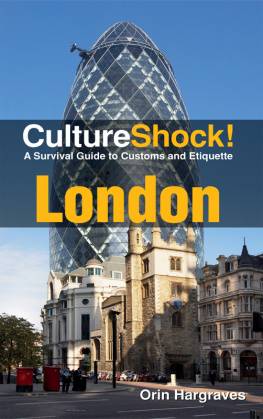
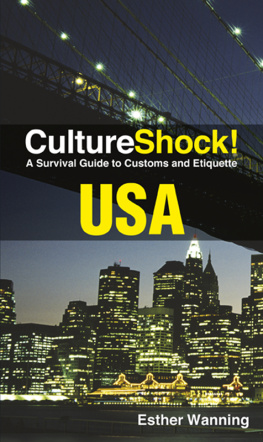
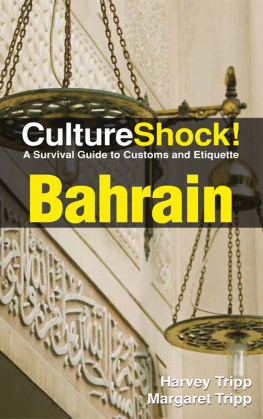
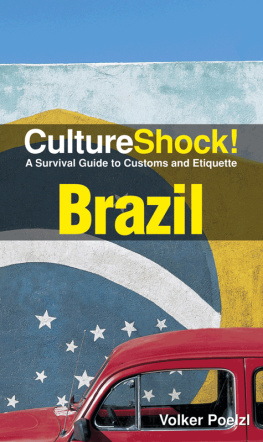
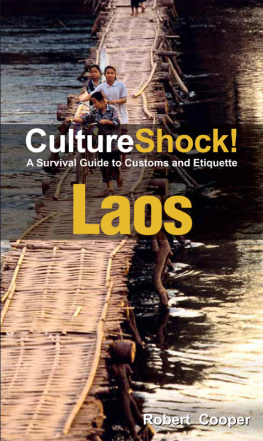
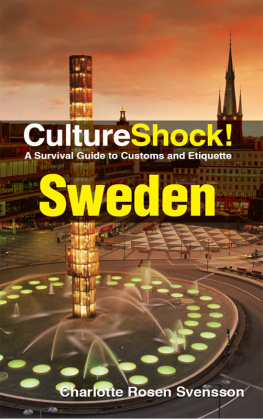
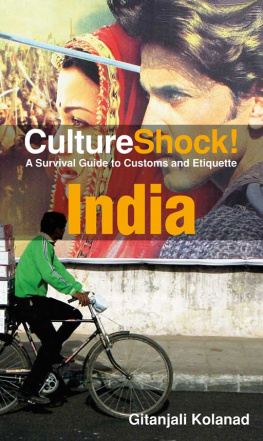
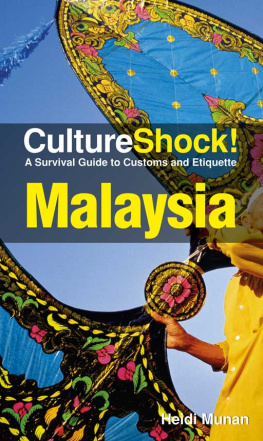
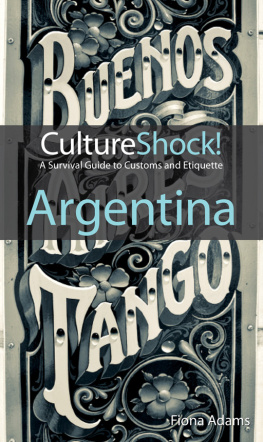
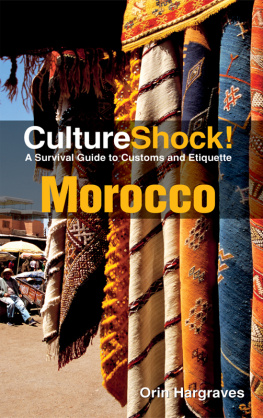
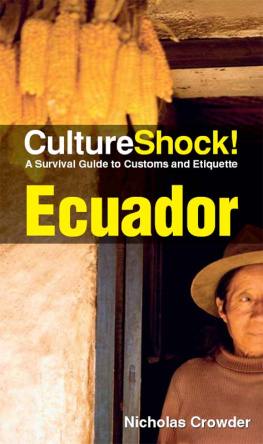


 Marshall Cavendish International. PO Box 65829, London EC1P 1NY, UK
Marshall Cavendish International. PO Box 65829, London EC1P 1NY, UK